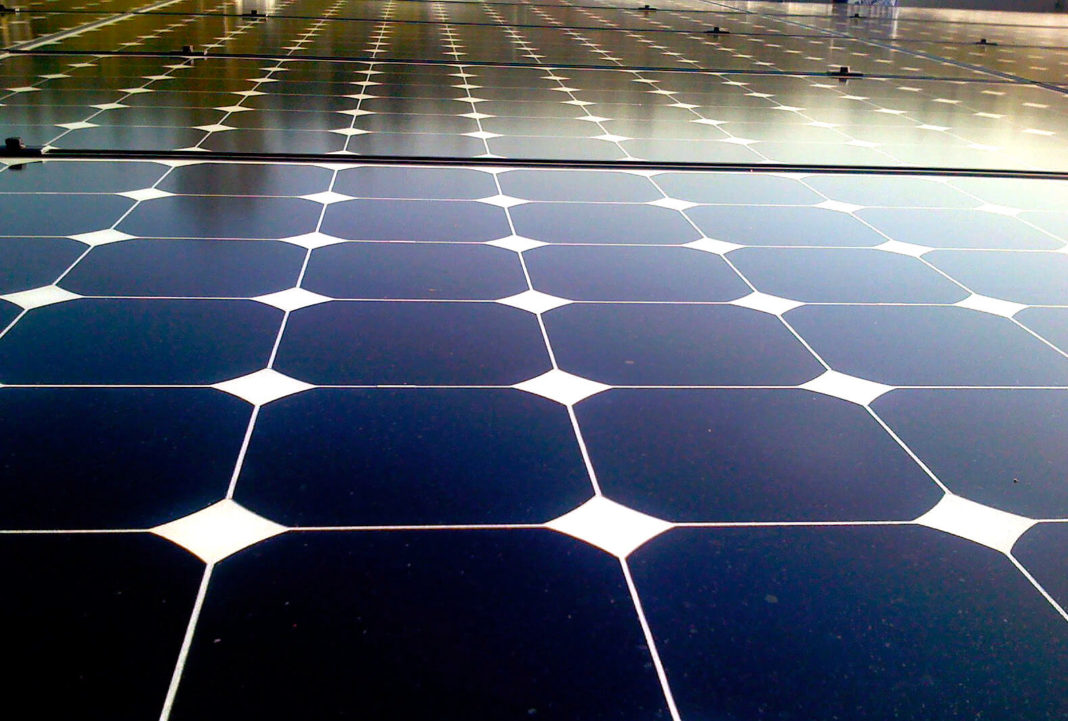Batteries are constantly being improved upon, and every day companies are battling it out to see who can produce the most efficient battery. For quite some time now, lithium batteries have taken over the market as we see them in most electronics these days, including smartphones and laptops. But the problem with lithium batteries is to make them more efficient is no cheap feat and s something engineers are struggling with constantly. However, a team from Stanford University may have the answer to this problem, and it’s to scrap the lithium battery altogether.
Their solution instead is to use the urea battery. Urea is an affordable and natural material that’s fond in mammal urine and fertilizers and is far more efficient than any past iterations. Developed by Honjie Dai, Stanford chemistry professor, and Michael Angell, a doctoral candidate, the urea battery is non-flammable and made using electrodes from materials such as aluminum and graphite. Dai said recently, “So essentially, what you have is a battery made with some of the cheapest and most abundant materials you can find on Earth. And it has good performance.”
This is the first time anyone’s attempted to make a battery using urea and is a great achievement for Dai and his team. Both Dai and Angell and confident that their battery solution could be the answer to the ongoing issues with energy storage. Angell aid, “It’s cheap. It’s efficient. Grid storage is the main goal.”, while Dai commented, “I would feel safe if my backup battery in my house is made of urea with little chance of causing a fire.” While their battery patents have already been licensed to AB Systems, further down the line, the team are looking to increase its life span by delving deeper into its internal chemical processes.
More News To Read
- ‘Lab on a Chip’ Created by Stanford Scientists Costs Next to Nothing to Make
- Thanks to LIGO We Can Now Produce Our Very Own Gravitational Waves
- Quantum Entanglement is Just as Einstein Predicted
- Marijuana Gives Brain Cancer Patients a New Lease of Life
- NASA’s Engineers Create Some Pretty Mean Heat Resistant Electronics











